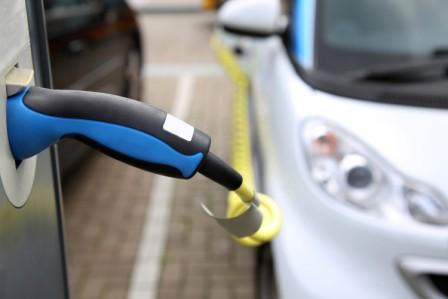5 Terms every EV driver should know

Each and every day we talk to electric vehicle drivers across Australia and New Zealand who are confused about some of the terminology and jargon associated with EV’s.
At EVE Australia we get that, after all its new technology and most people still don’t even know half the names of stuff in your standard petrol car!
So we thought we’d run through 5 terms every new and current EV driver in Australia should know.
1) Onboard electric car charger
The common misconception is that the charging station is the sole determinant of an EV’s charging speed. Whilst this has some merit, when it comes to alternating current (AC) charging it is the cars onboard charger which will ultimately determine the maximum charging capacity of the electric vehicle. The onboard charger is the piece of kit that converts the AC electricity (found in our homes and most other places) into direct current (DC) which is then stored within the EV’s battery. On board chargers can range anywhere from 3.7kW up to 11kW with Tesla having capacity for dual on board charging and hence faster charging speeds.
2) Lithium Ion (Li-ION) Battery
These are the main battery source in most electric vehicles on Australian roads thanks to the fact that they are some of the most energetic recharging batteries available. Lithium Ion batteries can also be found in many other household gadgets outside of your EV such as your Apple iphone or Macbook pro. As the technology has improved over time, so have the costs and capacity. There were some concerns with the degradation of lithium ion batteries over time, but many long term EV owners wont notice any change over the lifetime of the electric vehicle. Due to the size of the batteries a dedicated electric car charging station is the best way to keep the battery healty
3) kW vs kWh
The capacity of the battery in your electric vehicle and the amount of charge it can send to your BMW i3 or Hyundai Ioniq’s electric motor is measured in kilowatt hours (kWh). For instance a Nissan Leaf has a 30kWh lithium ion battery, meaning that it can power the electric motor for one hour at 30kW of power before requiring a visit to a charging station. So with regards to electric vehicles kWh refers to the energy stored and kW the amount of power flowing at any one time. Keep in mind your power usage when driving your electric vehicle will fluctuate depending on driving conditions and use of things like air conditioning.
4) Inverter
When you put the foot down in your Tesla Model 3 or Hyundai Ioniq, the DC energy stored in your EV’s battery, which has been topped up by your home EV charging station, is converted back into AC electricity by the car’s inverter. All that AC electricity is used to power the electric motor in your EV, which results in instantaneous spine shattering acceleration. If you haven’t already seen or experienced it for yourself then check out this video of a Tesla Model S in Ludacris mode taking on a V8 Supercar.
5) Regenerative Breaking
This is hands down one of my favourite parts of an electric vehicle outside the ev charger. Regenerative (Regen) breaking allows the car to capture the energy created by breaking putting it back into your battery stored for later use which increases your EV’s range. When you hit the breaks your electric motor runs in reverse mode, slowing the vehicles wheels down as well as acting as an electrical generator which produces electricity as opposed to consuming it when you accelerate. This is why many city drivers who do a lot of start stop driving may find they have to charge as often as someone doing more highway driving even though they might do the same total kilometers.
If you need any help with your electric vehicle or are considering purchasing an electric vehicle or installating a charging station at your home, work place or commercial premisis then get in touch with the experts at EVE Australia for some advice and guidance.


